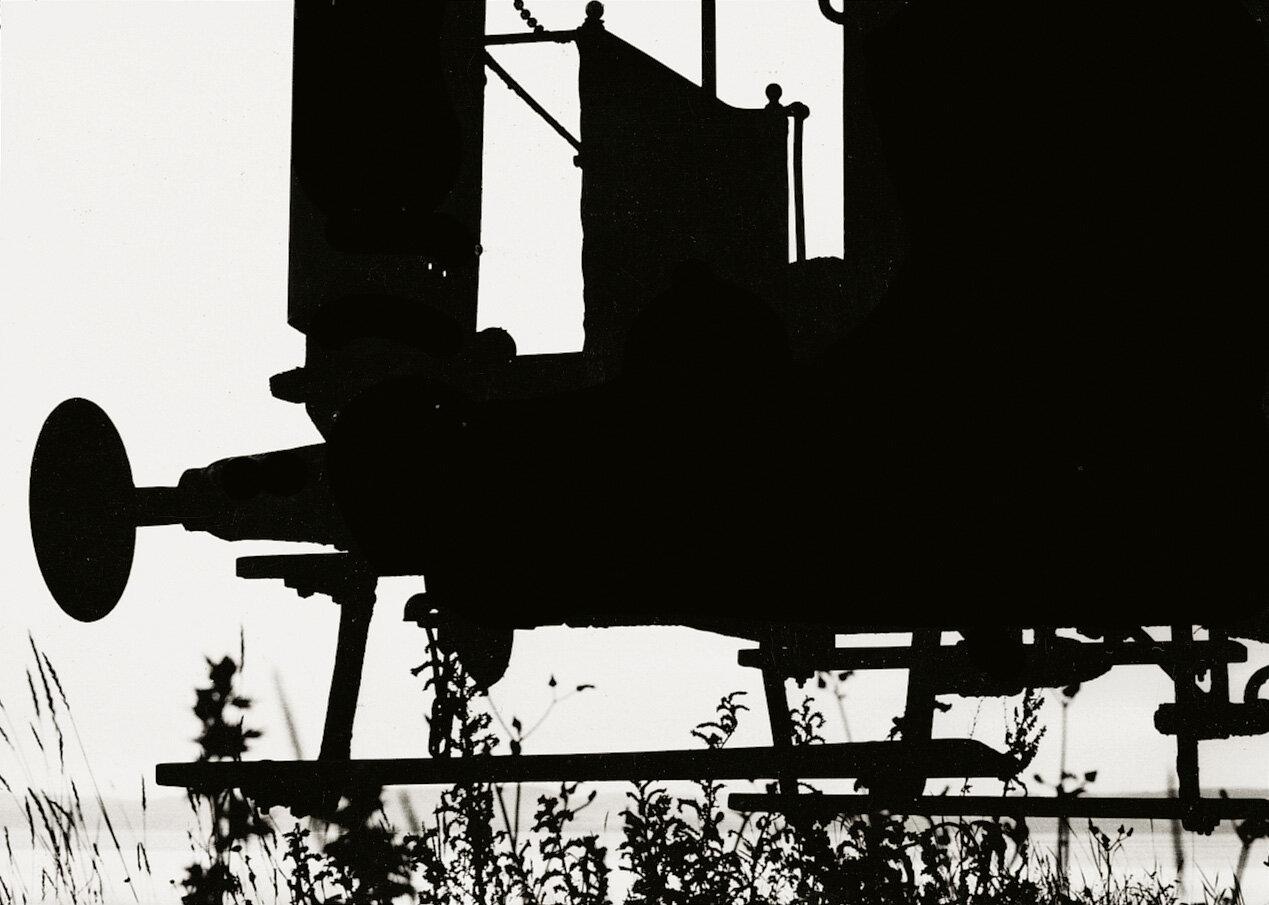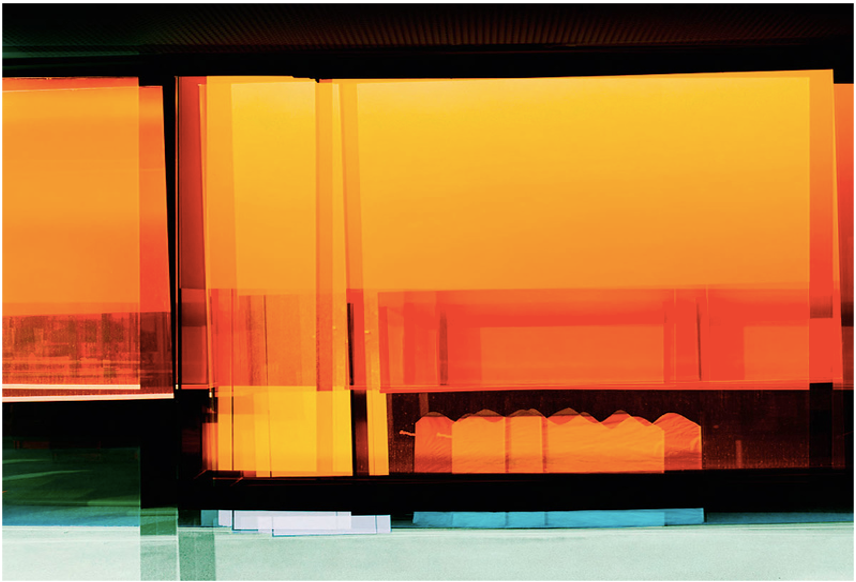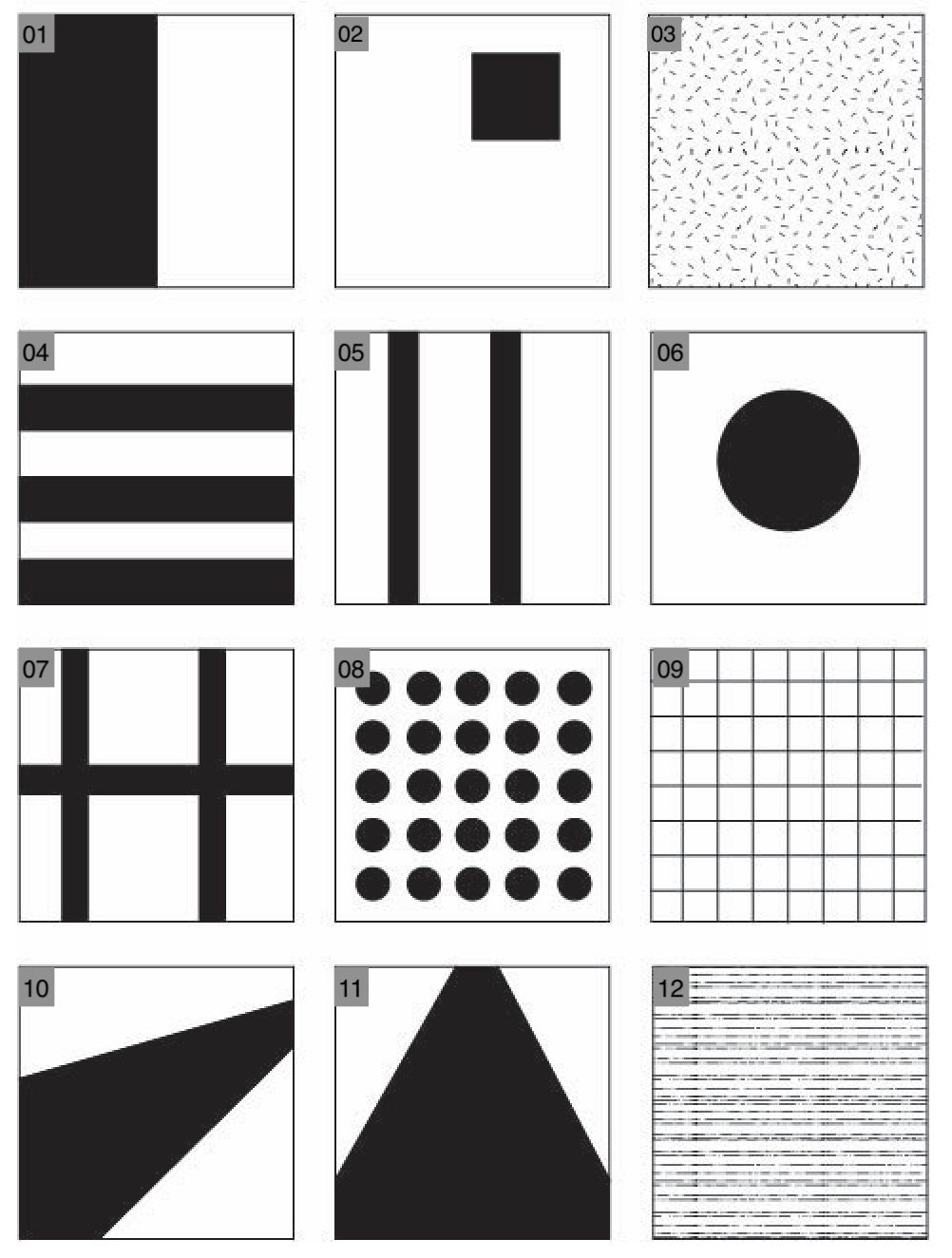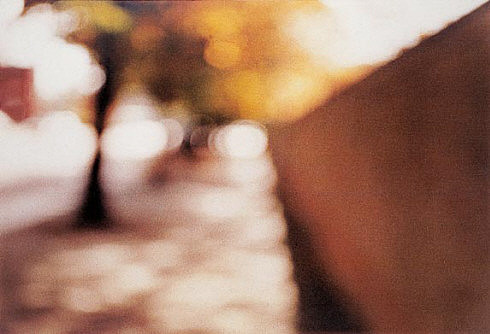Yellow Selection:
Intro To Digital Photography Abstraction Contact Sheet 798
These are my yellow selection photographs. These images range from a greyscale, dreary atmosphere to being warm and colorful and full of life and vibrance, which is something that I find very intriguing. These images are an exploration of how a gloomy day can still hold a plethora of pleasant surprises, and how there is something special to be found in these moments in a drab grey world. Some of these images were taken outdoors, under the pale light from the sky, which gave them their faded colors and soft shadows. In comparison, the indoor images are more colorful, vibrant, and deep in their shadows, and the two types of images together create an interesting contrast. However, it would be good to reorder these images in the contact sheet to create some sort of gradient, as right now the images are all scattered around the contact sheet, creating a sense of discord and chaos. Putting similar images together would achieve some visual harmony, which would help the themes of the images stand out more.
Green Selection:
In my green selection, I will be using three sets of images to tell a story. A story of metal giants dominating the skies, of warmth caged away behind interlocking chains, of life eventually blossoming into light. Although these images could stand alone as individual sets, I feel that they are more compelling when united together for this narrative, which is why I chose them for my green selection instead of my red selection.
Metal Giants





I chose this set of images for my green selection because of its sharp contrast and its dark, serious mood. These images feature various metal structures, with the editing focusing on accentuating their shadows and the silhouettes they make. The buildings take up almost all the space in the images, blocking out the sky and looming over the viewer, creating a dark, heavy, and almost oppressive atmosphere – hence the name, “Metal Giants”. I want the viewer to feel the somber power of the metal giants, the way they stand sharp and steely (pun unintended) against the blinding sky. The lack of color helps accentuate this point, as it removes distractions and turns the shadows and shapes of the metal giants into the main focus of the piece. It also helps add to the atmosphere and emotion, as saturation and vibrance are usually associated with life and light, while these metal giants are completely devoid of it.
Caged


I chose this set of images almost as a follow-up to the Metal Giants, because I felt that the theme of these images will have a heavier impact after witnessing the heavy weight of the giants. The repeating interlocking element of the chains creates a sense of being trapped – caged, if you will (*ba-dum tss*) – and has a very similar vibe to the oppressive atmosphere of the metal giants. Like the giants, they fill up the entirety of the photographs, filling the view with gray, gray, gray. They are the first things that the viewers see when they look at these photographs; they are separating the viewer from the objects behind the chains. Moving on to these objects, the warm orange colors of the light and the leaf create an interesting contrast against the gloominess of the chains and the previous Metal Giants set, but instead of reinforcing the stark shadowy existence of the Metal Giants, these images add a dash of color and hope into an otherwise dreary world. This could also be seen in the way that although the chains are restricting the warmth and life, they are looping and curving, flowy in their rigidness in a way that the metal giants do not exhibit. These are chains you can bend and climb, chains that allow you to see through to the other side – which brings us to the next installment in this narrative:
Light




I chose these images as a follow-up to Caged, as the hopeful warmth from Caged bleeds out from the darkness of the Metal Giants, and eventually blooms into Light. These images are warm and saturated, full of organic subjects like flowers and wood. The metal and the chains are gone, replaced by these vibrant subjects. The order of these images has meaning too – the flowers are first, full of sunlight and life, to create a striking impact from the bleak but hopeful mood of Caged. They are an explosion of color, almost blinding in their radiance, the flood that finally broke through the dam in a torrential downpour. The brightness of the flowers contrasts against its shadows, overpowering it – and in fact, the shadows actually help accentuate it. Without the dark, the light will be pale in comparison and will not hold as much power and impact as it does here. The next two images are less organic in comparison, but they both possess their own unique sense of life. You can see the light reflecting off the liquid in the second image (is it ink? an image of a freshly-printed book? The page is full of words, words about celebrations, about life. Words come from language, and language comes from life), and the third image purely focuses on the soft glow of the ceiling lights. The final image is rather pale, of a wooden stump full of cracks. The lines and grain of the wood guide the eyes of the viewers throughout the image, creating a vague flow of movement. And despite the tree itself being dead, cut away by a dull world and surrounded by concrete, there are still resilient bits of life clinging to the tree – the fungus and the grass on its sides, accentuated by the soft splash of warm brown that stands out against the rest of the image. And with this final photo of the tree stump concludes the story of this world, where life will soon thrive under the light once more, free from the shadows of metal giants and their cages.
Red Selection:
Sky

I wanted this image to invoke a feeling of bleakness and emptiness in the viewer – the dark silhouettes create a stark contrast against the bright sky, and there is very little tone variation, creating a heavier impact. The lines of the silhouette are very sharp, and there are very few soft objects or outlines in the photo. It is all very, very sharp. There is also a lot of negative space, which helps convey the sense of terrifying emptiness that I want the viewers to feel, and also emphasizes the silhouettes of the birds. The sky is wide open, larger than we might be able to comprehend. If you had total freedom to go wherever you wanted in a vast, empty world, would you? Or will you lose your tether to the earthbound land below amongst the winds, never to return? The camera looks up to the infinite sky and the birds flying above, free to soar in a way that we cannot be. They do not fear the skies, for they have their nests and their flocks grounding them to the earth. And so they fly. There aren’t a lot of significant improvements that may be needed for this photo – I like how the branches and leaves on the trees create a bunch of complex, interweaving, and messy shapes, combined with the different textures of the walls contrasts with the simplicity of the sky and the birds, and helps show that they are very different in nature. Overall, I am quite proud of this photo.

This image is similar to the last one – a bright sky, contrasting against the silhouettes of the structures on the ground. However, unlike the first photo, this image has less sky and more ground. There is a stronger, wider silhouette in this image compared to the frail and thin branches of the tree in the previous image, which helps the photo feel more grounded. It also contrasts against the sky in an almost defiant way, the branches reaching out and encroaching into the bright light. All the branches and the lines in this image are pointing towards the empty negative space in the top left corner, directing the viewers’ eyes. Under these reaching branches, a bird flies below. This image is more about returning to earth, leaving the vast embrace of the skies. Ideally, the silhouette of the bird would not intersect as much with the silhouettes of the trees – some strong lighting would be able to create an outline that separates the shapes – but considering how hard it its to photograph birds in flight, I think I did quite well.

This is an image of home. The birds have returned to their nests, and now the sky is back to being bright and empty. The contrast isn’t as high in this image as in the other images, with a lot more middle tones instead of being completely dark or completely light. This image is the most grounded, with the strong shape and silhouette of the house providing a stable base to the photograph in a way that the other images don’t have. The tree in this image is also sturdier, with thicker branches – it reaches out towards the sky, but is much more like a place to roost and rest. The tree and the house also collectively break up the negative space in the image, so that the sky no longer looks so empty and terrifyingly infinite. The diagonal lines of the house also help direct the viewer’s attention around the photograph, and the different textures make for an interesting image to look at. For further improvements, there would ideally be some birds roosting on the house or the tree to keep with the theme of the set, and I also wonder what would happen if this photo was taken with the same perspective as the others (as although this image is still looking up, the upwards slant isn’t as intense as the other images), which could potentially change the mood.

























































Recent Comments